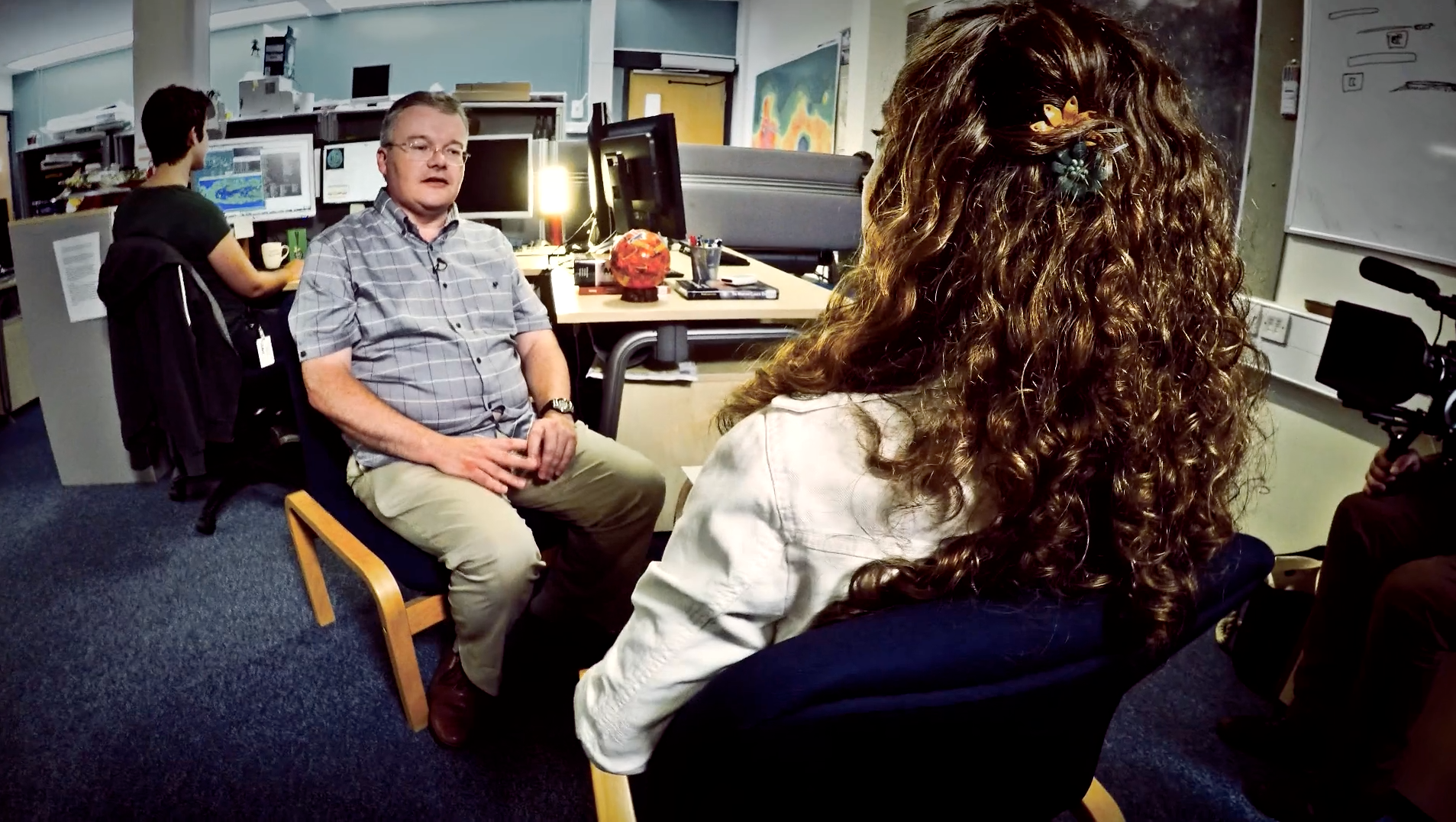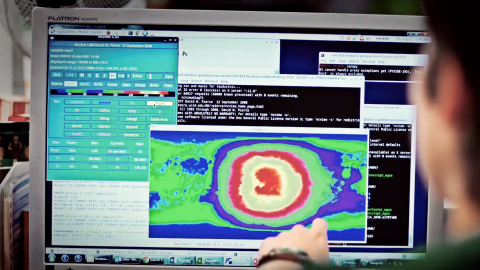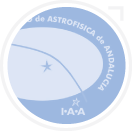WP08. Atmospheric data asimilation
General Objectives:
- Produce an extended analysis of data from three NASA spacecrafts (MRO, MO, and MGS) using a previously validated, simple but robust scheme
- Develop, test and validate a new state of the art data assimilation method with the final objective of performing near-real time assimilation of the TGO meteorological observations
- Assimilate trace species, including water and ozone, in addition to thermal profiles and dust opacity data, and include a prototype of this analysis from the past ESA MEx and NASA MRO data as a publicly accessible output
Responsible:
S. Lewis (OU)
Participants:
OU, CNRS
Scientific Background:
Data assimilation is a technology widely used in geosciences (specially meteology and weather forecasting), enabling an optimal reconstruction of a best estimate of the atmospheric state. It consists of the combination of observations and numerical models, which provide physical constrains, organize and propagate the observational information which is introduced and enable the recovery of variables not directly measured. In Earth atmosphere science, data assimilation is systematically used to provide climatologies derived from space-based observations. Read more.

S. Lewis (Open University) - WP.08 Responsible
Scientific Impacts:
The new assimilation extends previous assimilations of temperature and dust opacities from nadir-sounding to more recent data (including limb-sounding) and also to minor species like water vapour and ozone from diverse instruments and missions. The advantages of these data assimilation products compared to purely model-based databases, like the MCD project, are their combination of observations with models to ensure maximum consistency and their ability to reproduce individual real weather events. These guarantee maximum use by scientists and spacecraft engineers.

Up to date tools to make the most of the ExoMars TGO investigation. ExoMars TGO primary objective is to detect, map and back-trace any gas marker of a geophysical (or biological) activity on Mars. TGO suite of instruments includes a thermal infrared sounder, which permits the mapping of temperature profiles and the aerosol column, and several spectrometers designed to detect and map trace gases. Within that context, our ultimate goal will be to provide a near real-time processing chain thanks to data assimilation techniques. The use of data assimilation on TGO data is very relevant because:
- It reconstructs in space and time the various 4D meteorological fields, and in particular winds (that are not directly observed by instruments), allowing back-tracing of trace gas trajectories, and therefore identifying their source, a prime objective of TGO.
- TGO orbit, with a 74 inclination and “yaw steering” control mode, will generate a strong dispersion of observations in local time and space. Such dispersion is not well suited for global analysis or statistics, but is perfectly suitable for data assimilation that asks for a wide coverage, especially for a planet such as Mars with a strong diurnal cycle and large topographic non homogeneities.
- The development of a data assimilation chain during the preparation of the mission will allow us to optimize TGO observational strategy. In practice we will have to assimilate simulated observations before being able to correctly assimilate actual instrumental data. This working principle can be inverted and used for so-called Observing System Simulation Experiments (OSSE), which consists of finding the best simulated observations given a particular scientific objective. OSSE could be used in the scope of the TGO mission for the study of different observational strategies.

































